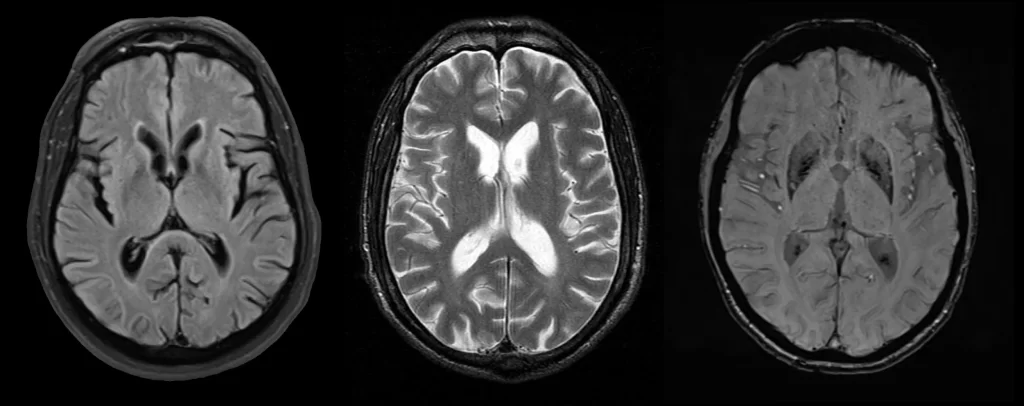
Overview
Chronic Progressive Hereditary Chorea, or better known as Huntington’s Disease, is a genetic neurodegenerative disorder affecting 3-7 of every 100,000 people in the United States and 2-10 of every 100,000 in the world. This disease is characterized by a slow decline in mental and motor functions, ultimately leading to a terminal diagnosis. However, researchers are working towards better treatments and a cure to allow people affected by this disease to live longer and happier lives.
Causes
Huntington’s Disease is an autosomal dominant disorder caused by a mutation of the Huntington gene (HTT). In unaffected individuals, the DNA repeats the codon CAG less than 36 times in the HTT gene. But in people with Huntington’s disease, their DNA repeats these bases over 40 times. This change in the DNA sequence causes an abnormal amount of the Huntingtin protein to accumulate in the brain, causing damage to the nerves and surrounding tissue. Individuals with excessive repeats of the codon will develop the illness earlier and more severely. Whereas, individuals with fewer repeats have a later onset of illness and a milder case of Huntington’s Disease.
Symptoms
Early onset symptoms of Huntington’s Disease are usually nondescript. The symptoms begin with subtle behavioral changes, trouble with concentration and memory, as well as minor clumsiness. These symptoms continue to worsen slowly as time goes on. An affected individual will experience worsening motor functions such as slowed and jerky movements, muscle rigidity, and trouble walking/maintaining balance. They will also experience cognitive decline, causing memory loss, difficulty focusing, and slowed thinking/decision-making. A person’s personality may begin to change as motor and neural symptoms worsen. They may become depressed, experience anxiety, and become aggressive. Because Huntington’s is a degenerative disorder, at the onset of symptoms, individuals have around 15- 18 years to live before they become fully incapacitated.
Treatments
While Huntington’s Disease currently has no cure, many treatments have proven to slow the progression of the illness. These treatments also make the patient’s life more enjoyable. Drugs such as tetrabenazine and deutetrabenazine are prescribed to reduce the involuntary movements individuals may experience, while levodopa is used to improve motor function. Physical, cognitive, and speech therapy have been shown to help both the mental and somatic functions in tandem with the intervention of medication. However, because Huntington’s disease has a dominant inheritance pattern, individuals are often advised not to have children to prevent the spread of the disease.
But not all hope is lost! Researchers and doctors are working hard to find a cure for the disease. Gene therapy to correct the defective gene and stem cell therapy to replace damaged nerves show promising results. Hopefully, with further research into these treatment, Huntington’s Disease can become something of the past, allow individuals to live long happy lives.
Resources I Used and Where You Can Learn More!
https://medlineplus.gov/huntingtonsdisease.html
https://www.healthdirect.gov.au/huntingtons-disease
https://www.webmd.com/brain/huntingtons-disease-causes-symptoms-treatment
https://phgkb.cdc.gov/PHGKB/specificPHGKB.action?topic=rare&query=Huntington%20disease
Leave a Reply